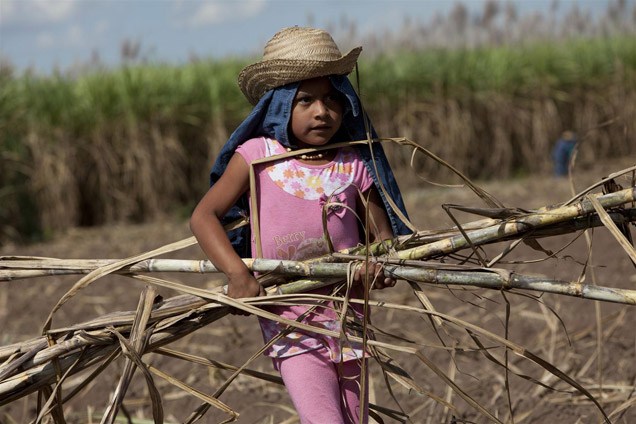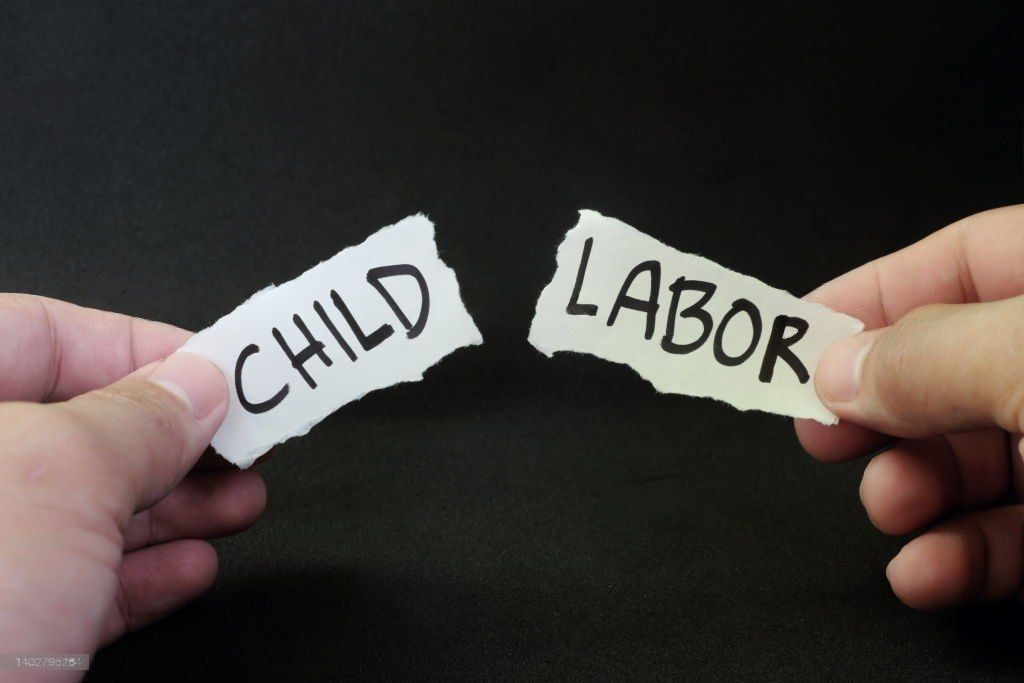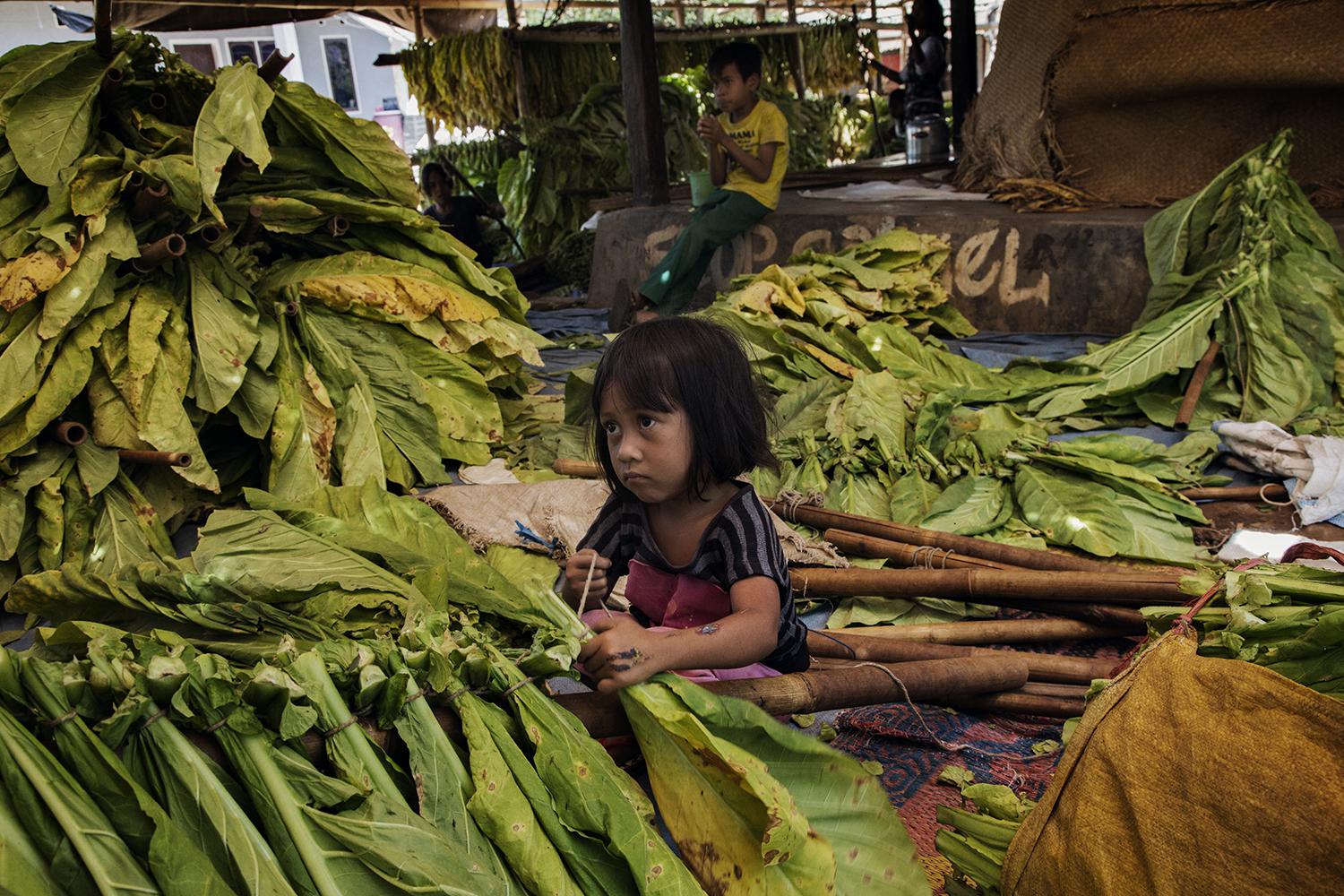Press release: June 11, 2013
The International Labour Organization supervisory body recommends that the Uzbek government to take urgent and serious action to end forced labour of children and adults in the cotton sector.
(Geneva) – The Government of Uzbekistan should take urgent and significant steps to end systematic forced labour of children and adults in the cotton sector, said workers, employers, and governments from around the world, during the hearing of the International Labour Organization Committee on the Application of Standards. The CAS, the tripartite supervisory body of the ILO tasked with assuring that all governments abide by international labour standards, released its conclusions from the hearing today.
“We commend the international representatives of workers, employers and governments for recommending the Uzbek government to invite a high level ILO mission to monitor the 2013 cotton harvest,” said Vasila Inoyatova, Director of the Human Rights Society of Uzbekistan Ezgulik. “Their recommendations respond to the facts, including the deaths of Navruz Muysinov, Igor Yachkevskiy, Aziz Bakhtiyorov, and Umid during the 2012 cotton harvest.”
As highlighted by the German workers and Education International, the state system of forced child labour is serious, systematic and continuous. The Uzbek government has already mobilized children as young as age 10 as well as adults, to plough and weed cotton fields. On April 19, the deputy governor of Namangan region beat seven farmers for planting onions instead of cotton. As was the case during last fall’s cotton harvest, the forced labour of government employees this spring has again disrupted the delivery of essential public services, including health care and education. As an Indonesian worker delegate explained, state-run forced child labour is a major violation of international conventions and results in forced labour cotton products on retail shelves around the world.
During the hearing, Uzbekistan again denied that children worked in the cotton fields in 2012 and remained silent about the existence of adult forced labour. As the International Trade Union Confederation and International Organization of Employers noted, this claim lacks evidence and contradicts the facts presented by independent civil society The IOE also noted that if there were no forced labour in the cotton harvest, then there is no reason for the Uzbek government to refuse independent monitoring by the ILO.
“To demonstrate commitment, the Uzbek government must invite a high level tripartite ILO mission by August 1, in order to monitor the 2013 cotton harvest,” said Joanna Ewart-James. “Delays would result in another year of over a million children and adults forced to pick cotton.”
In a strong statement, the United States delegate stated “The United States Government remains seriously concerned about the systematic and persistent use of forced labor and the worst forms of child labor in cotton production in Uzbekistan,” adding that “we deeply regret that the Government has been resistant to accepting ILO assistance.”
“The Uzbek government needs to accept ILO monitoring that includes participation of independent civil society,” stated Brian Campbell, International Labor Rights Forum. “The participation of Uzbek civil-society organizations is the indicator of the Uzbek government’s commitment to abide by international labour standards.”
For more information, please contact:
In Uzbekistan, for Human Rights Society of Uzbekistan Ezgulik, Vasila Inoyatova, +998.97.131.4872, vasila.iva@gmail.com (Uzbek and Russian)
In United States, for International Labor Rights Forum, Brian Campbell, +1.347.266.1351, brian.campbell@ilrf.org (English)
In United Kingdom, for Anti-Slavery International, Joanna Ewart-James, +44.7957.426524, j.ewart-james@antislavery.org (English and French)
In Germany, for Uzbek-German Forum for Human Rights, Umida Niyazova, +49-17687-532684, umida.niyazova@uzbekgermanforum.org (English, Russian, Uzbek)
In France, for Association Human Rights in Central Asia, Nadejda Atayeva, +33.61.746.1963, n.atayeva@gmail.com, (Uzbek, Russian, French)






